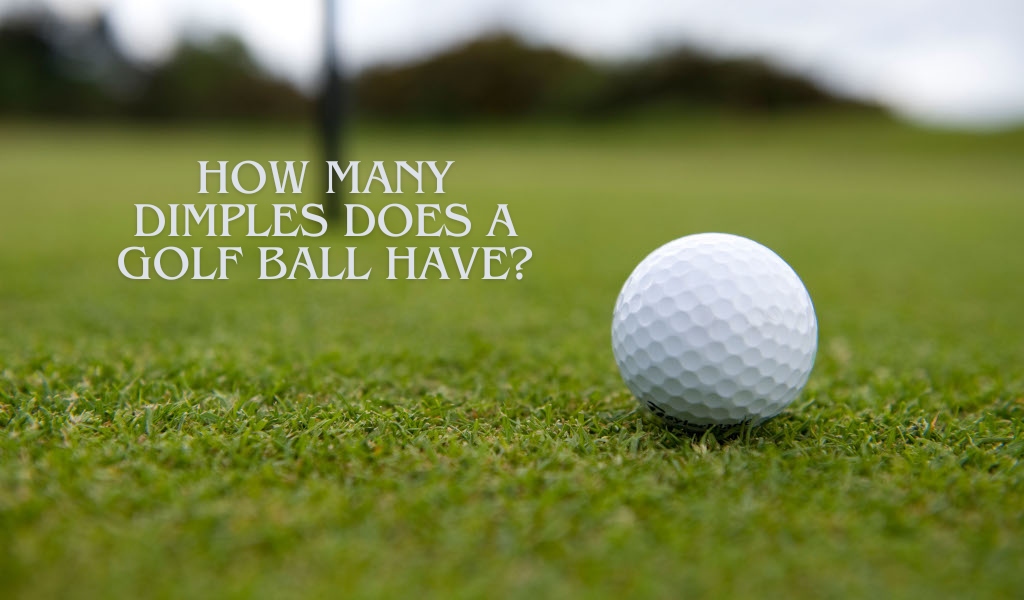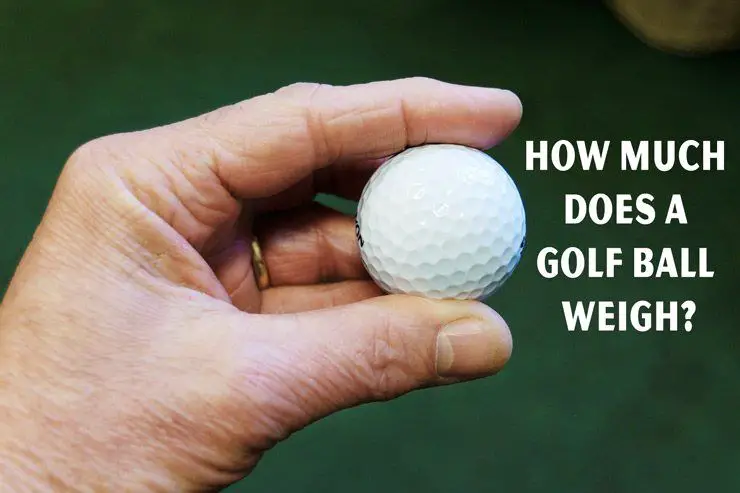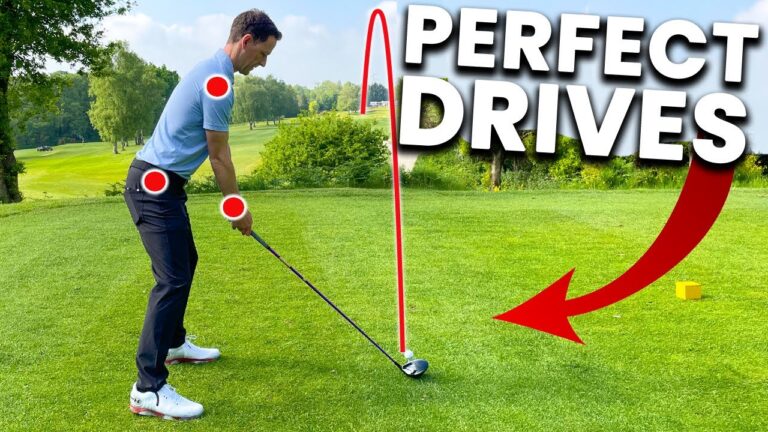HOW MANY DIMPLES DOES A GOLF BALL HAVE?
Golf enthusiasts, both amateurs and professionals, often find themselves pondering the intricacies of the golf ball. Among the many questions that arise, one of the most intriguing is: How many dimples does a golf ball have?
Let’s dive into the fascinating world of golf ball design, exploring the science, history, and future of those tiny craters that adorn the surface.
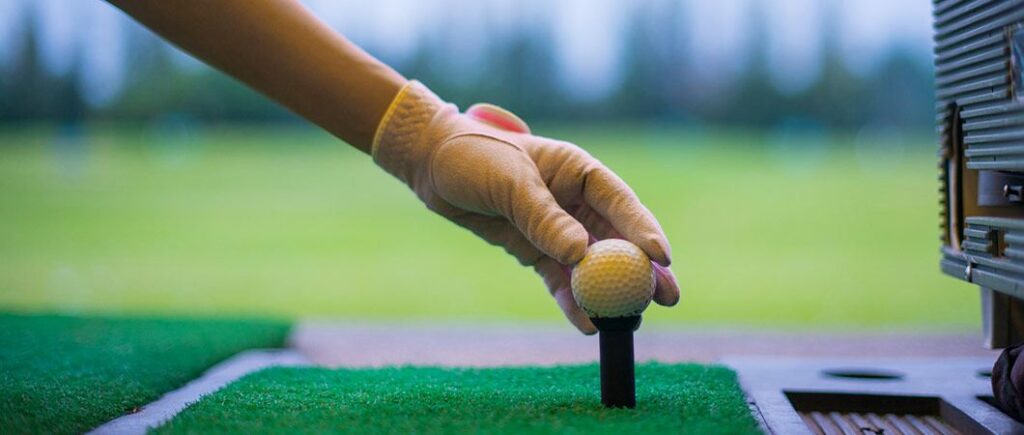
Introduction
Golf, a sport cherished by many, involves meticulous attention to equipment, and one crucial aspect is the golf ball’s dimples. Have you ever wondered why golf balls have those tiny craters on their surface?
In this article, we will unravel the mystery behind golf ball dimples, exploring their significance, evolution, and impact on the game.
Golf balls have come a long way from their humble beginnings. Initially smooth-surfaced, golf balls underwent a revolutionary change with the introduction of dimples.
These seemingly decorative small indentations play a crucial role in the ball’s aerodynamics during flight.
Why Do Golf Balls Have Dimples?
Golf balls, a crucial component of the game, have a fascinating feature that sets them apart – dimples. These small indentations on the surface of golf balls play a significant role in their performance.
In this article, we’ll delve into the history of dimpled golf balls, explore the science behind dimples, and address common myths and misconceptions.
A Brief History of the Dimpled Golf Ball
Golf balls, as we know them today, have come a long way in terms of design and technology. The introduction of dimples dates back to the early 20th century when golf ball manufacturers realized their impact on the ball’s flight and overall performance. Initially, golf balls were smooth, but adding dimples revolutionized the game.
Why Dimples? The Science Behind It
The science behind dimples lies in aerodynamics. Dimples on a golf ball create turbulence in the air, allowing the ball to lift more efficiently while reducing drag.
This phenomenon results in a more extended and more stable flight. Understanding the aerodynamics of dimples provides insight into why they are a crucial aspect of golf ball design.
Do All Golf Balls Have the Same Number of Dimples?
Golf ball manufacturers experiment with various dimple counts to achieve specific performance characteristics.
Some balls may have fewer, larger dimples, while others boast a higher count of smaller dimples. Understanding these variations allows golfers to make informed choices based on their preferences and playing style.
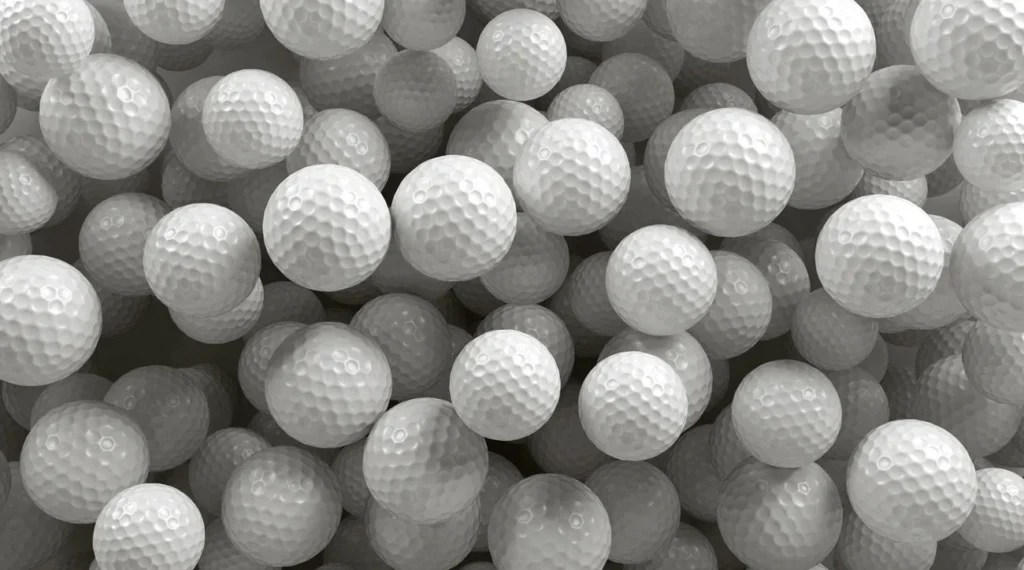
USGA and R&A Golf Ball Rule Updates for Pro Golf Tournaments
Professional golf tournaments adhere to regulations set by governing bodies like the United States Golf Association (USGA) and the R&A.
These organizations periodically update rules regarding golf ball specifications, including dimple characteristics. Staying informed about these regulations is crucial for professional players and enthusiasts alike.
The Right Golf Ball for You: Choosing Based on Dimple Characteristics
Selecting the right golf ball involves considering various factors, and dimple characteristics should not be overlooked. Golfers should experiment with different dimple patterns to find a ball that complements their swing and provides the desired performance on the course.
Will the Right Number of Dimples on a Golf Ball Make Me a Better Golfer?
While choosing the right golf ball is essential, believing that a specific number of dimples will automatically make you a better golfer is a misconception.
Skill, practice, and overall ball design are equally crucial. It’s recommended to focus on improving your game holistically rather than relying solely on the characteristics of the dimples.
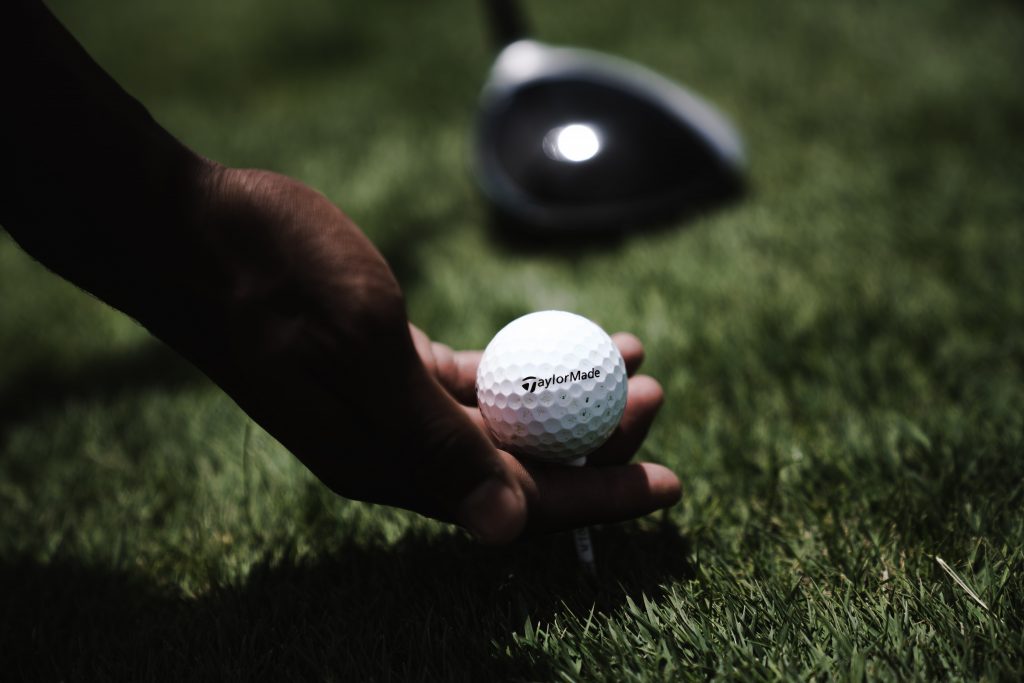
Dimple Maintenance: Keeping Your Golf Balls in Top Shape
To ensure optimal performance, golfers should pay attention to dimple maintenance. Regular cleaning and proper storage of golf balls contribute to preserving the effectiveness of dimples. Neglecting these aspects can impact the overall performance of the golf course.
The Art of Dimpled Golf Ball Manufacturing
Manufacturing dimpled golf balls involves precision and advanced technology. Innovations in the manufacturing process aim to create optimal dimple configurations that enhance aerodynamics and overall performance. Understanding the craftsmanship behind dimpled golf balls adds another layer to the appreciation of the game.
Why do golf balls have dimples?
To understand the role of dimples on a golf ball, we delve into the realm of aerodynamics. Dimples alter the airflow around the ball, reducing drag and allowing the ball to travel farther. This simple yet ingenious concept has become a fundamental element of golf ball design
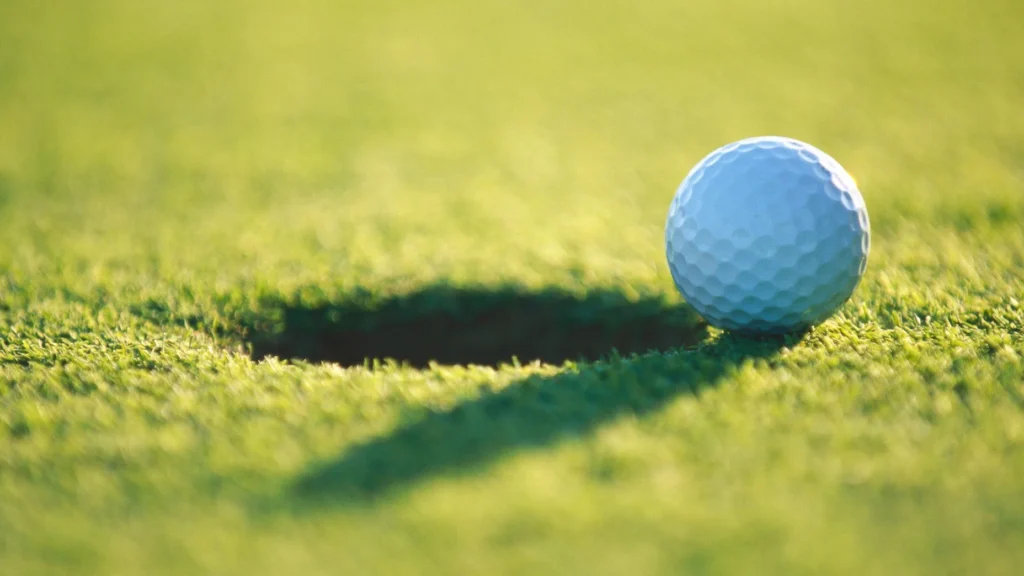
What is the ideal dimple range on a golf ball?
Optimal specifications for dimples involve a delicate balance. We unravel the science behind finding the perfect dimple count, depth, and distribution to maximize a golf ball’s potential on the course.
How many dimples on the pros’ golf balls?
Professional golfers have specific preferences when it comes to their equipment. We delve into the dimple counts on the golf balls used by the pros, exploring how these choices impact their game.
FAQs

Why Do Golf Balls Have Dimples?
Golf balls have dimples to improve aerodynamics, reducing drag and allowing for longer and more controlled flights.
A Brief History of the Dimpled Golf Ball?
Dimpled golf balls originated in the early 20th century, with manufacturers continually refining designs for better performance.
Do the Characteristics of the Dimples Matter?
Yes, dimple characteristics, including count, depth, and pattern, significantly impact a golf ball’s aerodynamics and performance.
Do All Golf Balls Have the Same Number of Dimples?
No, golf balls can have varying dimple counts, and the number plays a role in determining the ball’s behavior during flight
Will the Right Number of Dimples on a Golf Ball Make Me a Better Golfer?
While dimples influence performance, becoming a better golfer involves skills, practice, and understanding of your equipment.
